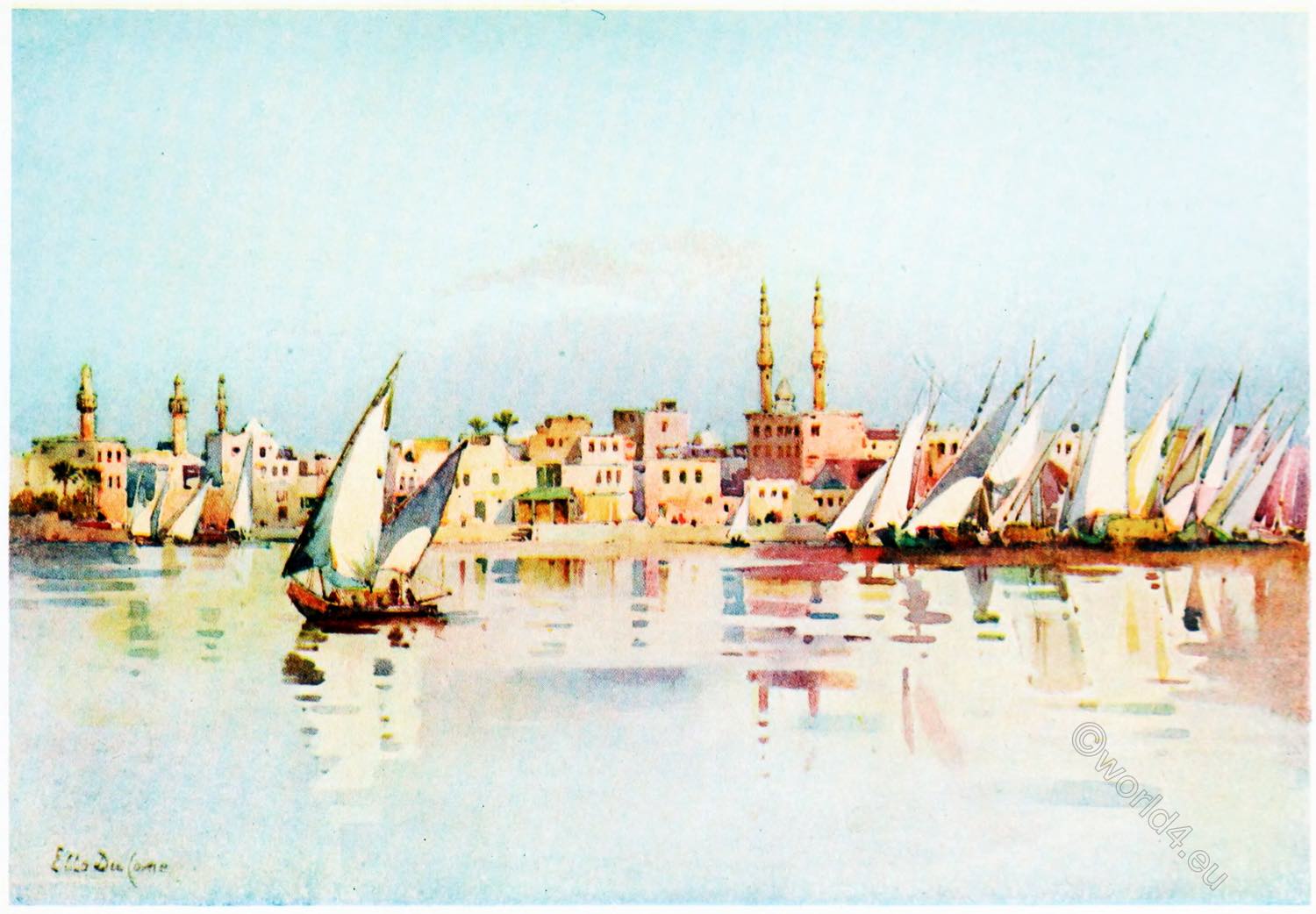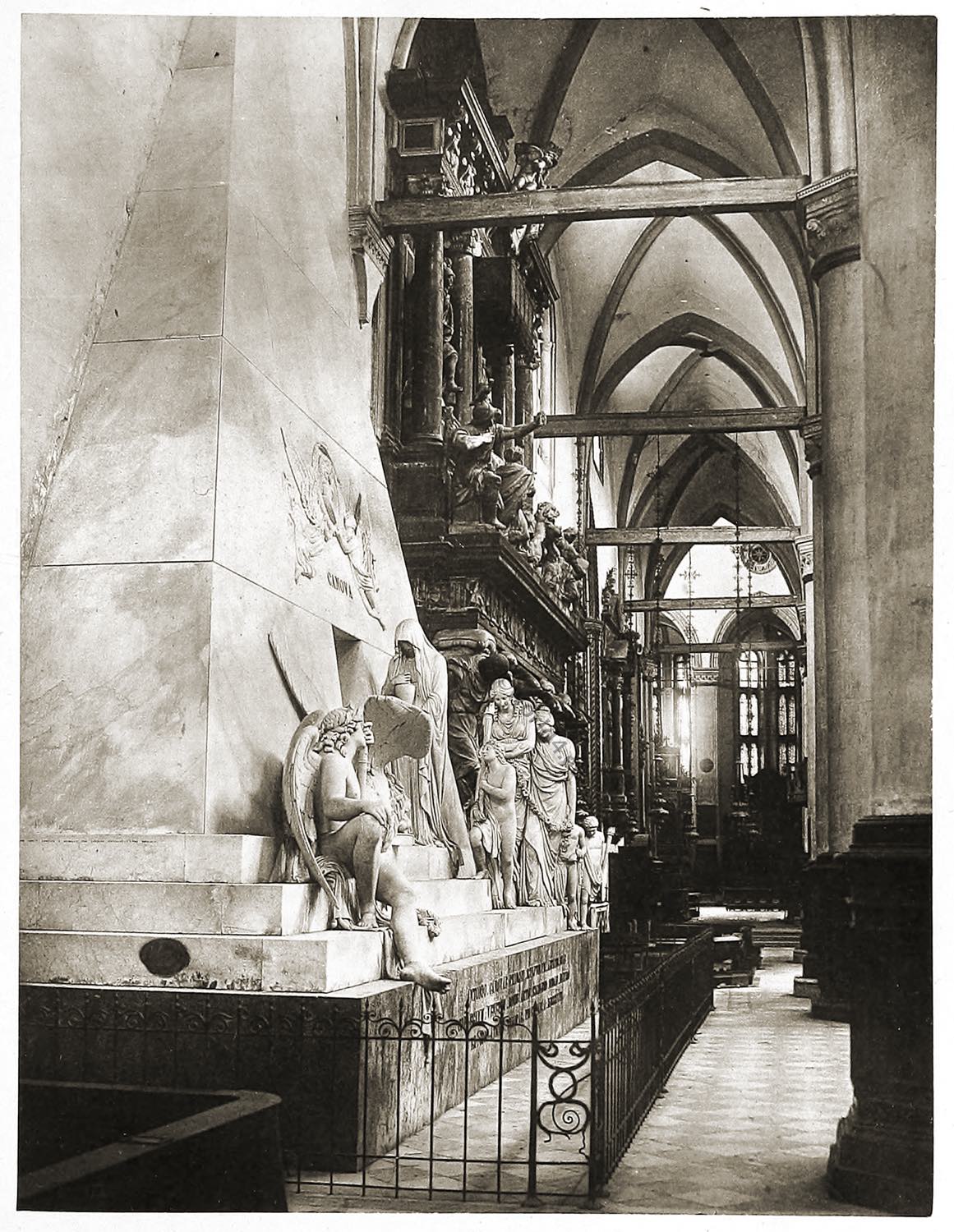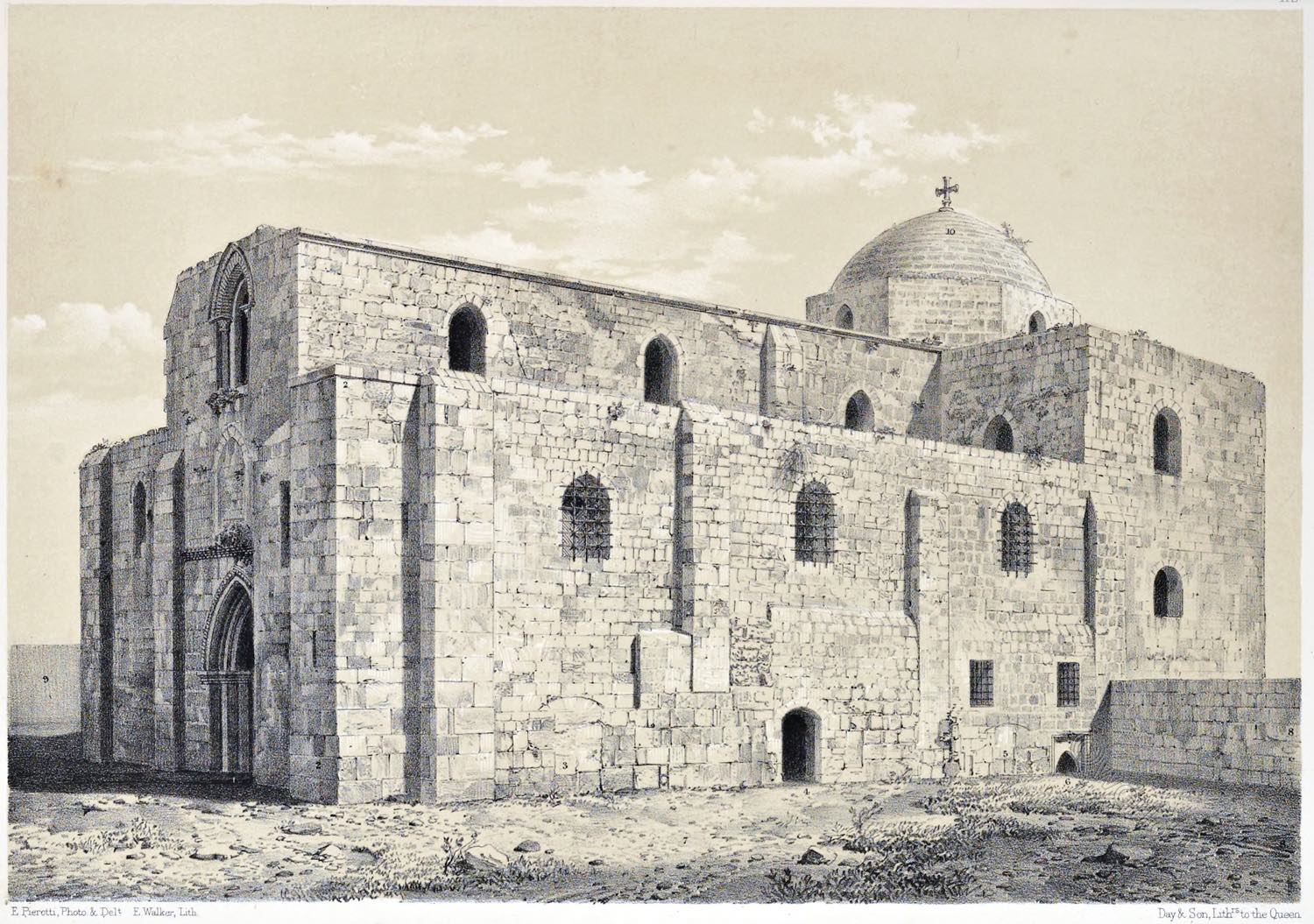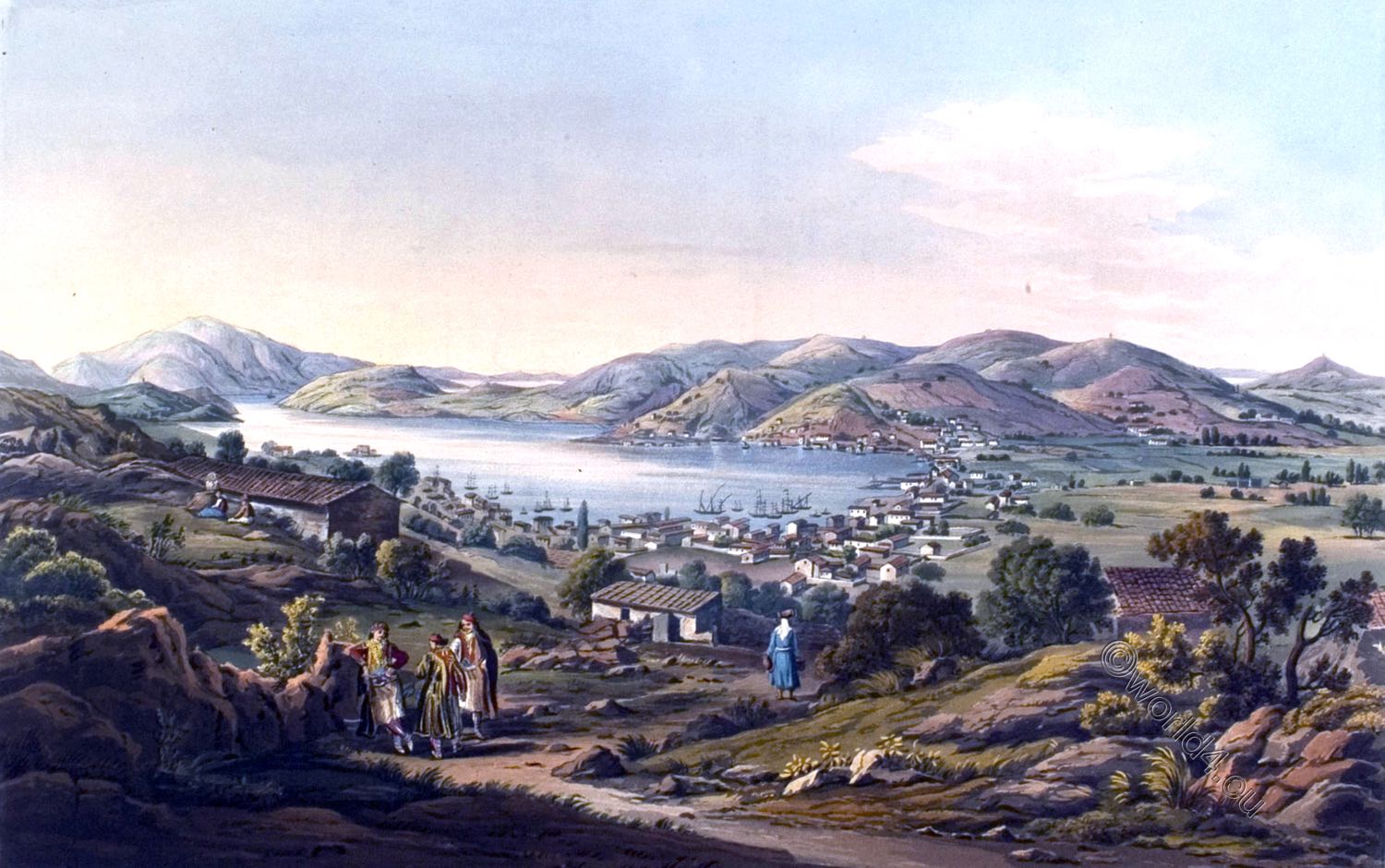
DAMIETTA
by Florence du Cane.
Damietta is frequently called the “Venice of Egypt,” and like the real Venice her glories, from a commercial point of view, have departed. Many of her old houses and mosques are crumbling to the shore, and there is a general air of dilapidation about the town.
The canals which thread the town take the place of roads, and feluccas laden with vegetables and other market produce ply up and down and save the inhabitants of the houses from going to market, and much bargaining is done on the steps of the houses which lead down to the water’s edge.
Damietta was probably at the zenith of its prosperity in the days of the Crusades, and was at one time especially celebrated for its trade in leather.
In 1169, a fleet from the Kingdom of Jerusalem attacked the port with the support of the Byzantine Empire, but was defeated by Saladin. Damietta was the main target of the Fifth Crusade (also known as the “Crusade of Damietta”), which began in 1217. Possession of the town allowed control of the only navigable arm of the Nile through the warp tower there, and from there the crusaders wanted to conquer Egypt, the heartland of the Muslim Ayyubids.
From Egypt, the attack was to be carried on to Palestine to recapture Jerusalem, which the Ayyubids would have found difficult to defend without backing from Egypt. Damietta was conquered and occupied in November 1219 after a 19-month siege. In 1221, however, the crusaders were defeated on their way to Cairo and withdrew from Damietta without a fight.
Damietta was also the target of the Sixth Crusade led by the French King Louis IX (25 April 1214 – 25 August 1270), commonly known as Saint Louis or Louis the Saint. His fleet arrived there in 1249 and conquered the fortress in a coup d’état. Also on the way to Cairo, the crusaders were defeated in 1250.
Louis was captured and the crusaders returned Damiette, among other things, to free their king. The Mamluk sultan Baibars *) destroyed the city because of its importance for the crusaders and rebuilt it a few kilometres away from the Nile with stronger fortifications.
*) Al-Malik al-Zahir Rukn al-Din Baibars al-Bunduqdari (1223/1228 – 1 July 1277). short also al Zaher Beybars was a Mamluk who rose to become Sultan of Egypt and Syria in 1260.
Source: The banks of the Nile by John A. Todd. Painted by Ella du Cane (1874-1943). Notes on the Plates by Florence du Cane (1869-. London: Published by Adam & Charles Black, 1913.
Related
Discover more from World4 Costume Culture History
Subscribe to get the latest posts sent to your email.






